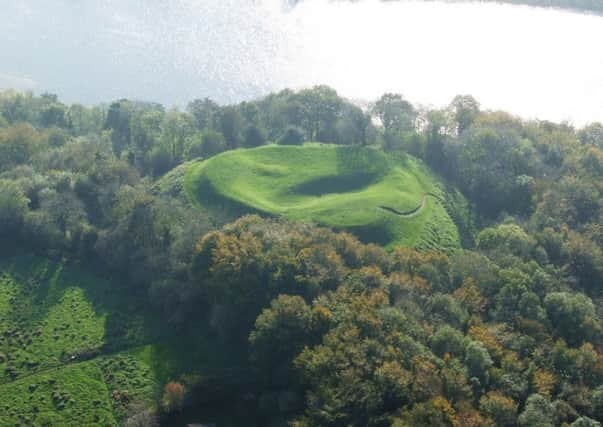Could Mountsandel become a World Heritage Site?


All of those are listed as World Heritage Sites by UNESCO and it’s hoped that eventually the Coleraine site can be recognised for its unique importance in the understanding of Mesolithic life in Ireland almost 10,000 years ago.
Not only Emirtius Professor Peter Woodman - who led the now famous archaelogy dig at Mountsandel in the 1970s - but a range of world renowned academics are prepared to testify to the unique historical and cultural significance of the site.
Advertisement
Advertisement
Currently, Northern Ireland has just one World Heritage Site - the Giant’s Causeway - and it’s Coleraine Rotary Club’s hope that some of the 800,000 people who visit there each year would also want to see where Mesolithic man lived, hunted and ate at Mountsandel.
The prospect of two World Heritage Sites within 13 miles of one another would represent a huge tourist attraction for the north coast.
For Mountsandel to be recognised by UNESCO, the site’s ‘ethical and natural’ properties must be listed on a nomination list to be evaluated by the International Council on Monuments and Sites and the World Conservation Union.
These bodies then make their recommendations to the World Heritage Committee. The Committee meets once a year to determine whether or not to inscribe each nominated property on the World Heritage List and sometimes defers the decision to request more information from the country which nominated the site
Advertisement
Advertisement
Nominated sites must be of “outstanding universal value” and meet at least one of the ten criteria.
For example the Taj Mahal in India represents “an outstanding example of a traditional human settlement, land-use, or sea-use which is representative of a culture, or human interaction with the environment especially when it has become vulnerable under the impact of irreversible change”
Italy is home to the greatest number of World Heritage Sites with 51, followed by China (48), Spain (44), France (41), Germany (40), Mexico (33), and India (32).
UNESCO considers it in the interest of the international community to preserve each site.